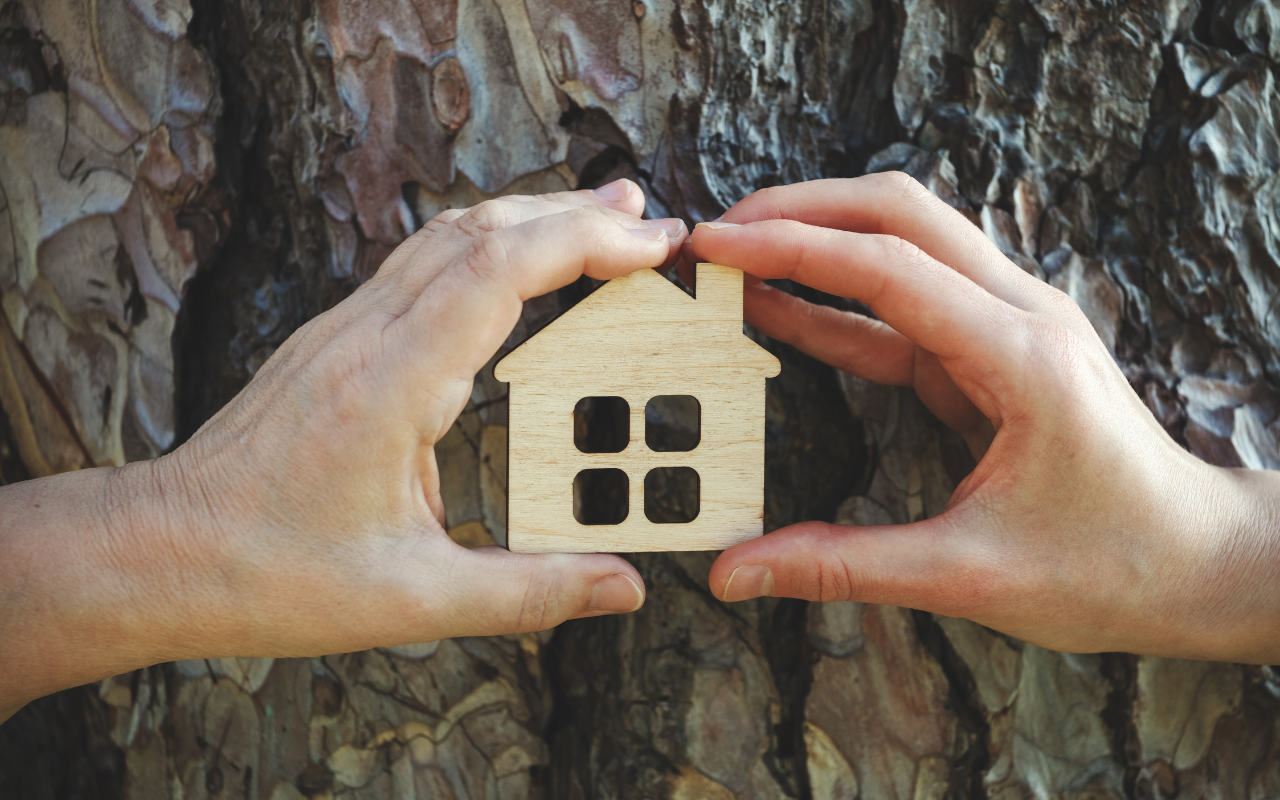New figures from the Australian Institute of Health and Welfare (AIHW) show that homeless people are almost twice as likely to die in comparison to the average Australian.
The studies show that people experiencing homelessness die an average of 22 to 33 years younger than those who are housed.
Almost 1500 homeless people die every year in Australia and AIHW figures show a staggering 63% increase in preventable deaths in homeless individuals over 10 years.
“This is a humanitarian crisis and these shocking new figures must be a wake-up call for governments across Australia,” Homelessness Australia CEO Kate Colvin said.
“Rough sleeping and persistent homelessness has increased to devastating levels, as more people are missing out on emergency accommodation and housing,” she said.
Over a decade, 12 500 people who had accessed Specialist Homeless Services (SHS) for the homeless died — around 7800 males and around 4700 females.
People aged 35–54 years accounted for almost half of the deaths. One in ten of the deaths were people aged between 25 and 34 years. Children aged 14 years and under accounted for 1 in 100 of the deaths.

Causes of death
The AIHW data show suicide and poisoning as the leading causes of death for people experiencing homelessness — accounting for one-quarter to one-third of homeless deaths each year.
One in six homeless people died by accidental poisoning, one in 20 died by suicide and one in 25 were killed in transport accidents.
The AIHW reports that overall, 280 100 homeless people accessed SHS in 2023–2024. Around one in three were Aboriginal and Torres Strait Islander people.
Around 2 in 5 people that accessed SHS in 2023–2024 had experienced family and domestic violence and this made up the largest group to access SHS (39%). The individuals in this group were most likely to be women and single mothers with one or more children (48%).
The second largest group — almost one-third of SHS clients — had a mental health issue and that number has increased over the years.
Homelessness Australia is calling on the federal and state governments to deliver an emergency homelessness investment to stop people becoming homeless, as well as HousingFirst programs to stop people cycling in and out of homelessness, and an expansion of social housing.
“We are failing people at every turn — more families, workers and older Australians are being pushed to breaking point by skyrocketing rents and a broken housing system,” Ms Colvin said.
“The new data also reveal gaping holes in the capacity of homelessness services to provide the help people need, with services buckling under the strain.”
“Up to one-third of people who need short term or emergency accommodation missed out,” Ms Colvin said.
“That’s 34 360 people who missed out on emergency accommodation in the past year,” she said.
“Meanwhile, there was no housing for 70% of people who needed long term housing, leaving 76 688 Australians who requested help to fend for themselves,” Ms Colvin said.
She said Queensland saw the biggest increase in rough sleeping over the past two years with a 51% spike. Western Australia followed with a 35% increase.
“The shocking data also found a rise in persistent homelessness, up to 37 800 Australians in the past year, compared to 29 500 individuals in 2018–19,” Ms Colvin said.
“We knew it was bad, but this data shows us it’s getting even worse. While the federal government’s increases to Rent Assistance and social housing investment have made a difference, more must be done to address the crisis,” she said.
“This is no longer a challenge for just the most vulnerable — working Australians and families are becoming homeless. Governments need to step up before the emergency spirals even further out of control,” Ms Colvin said.
Subscribe to the free InSight+ weekly newsletter here. It is available to all readers, not just registered medical practitioners.

 more_vert
more_vert
This is the life of someone who becomes homeless Live on the street and die on the street. The government talks about all they do but nothing works its all a great paint job.
Give them some money from centre link and tell them to shut up and sleep in the gutter is the reality.
They have no idea about anything paractical to bring these people back into society and above the breadline and self respect and confidence.
Try and get a whitecard to work no chance as you dont have a “utilities bill and enough proof of who you are”.
This wont get fixed until we get someone like Nampinda Price into sorting out the real poverty problems and get rid of the termites in government.
We need a prime minister who does not own investment properties. Ironically, that is Liberal and not Labor or the Greens. Not that ScoMo was any help.